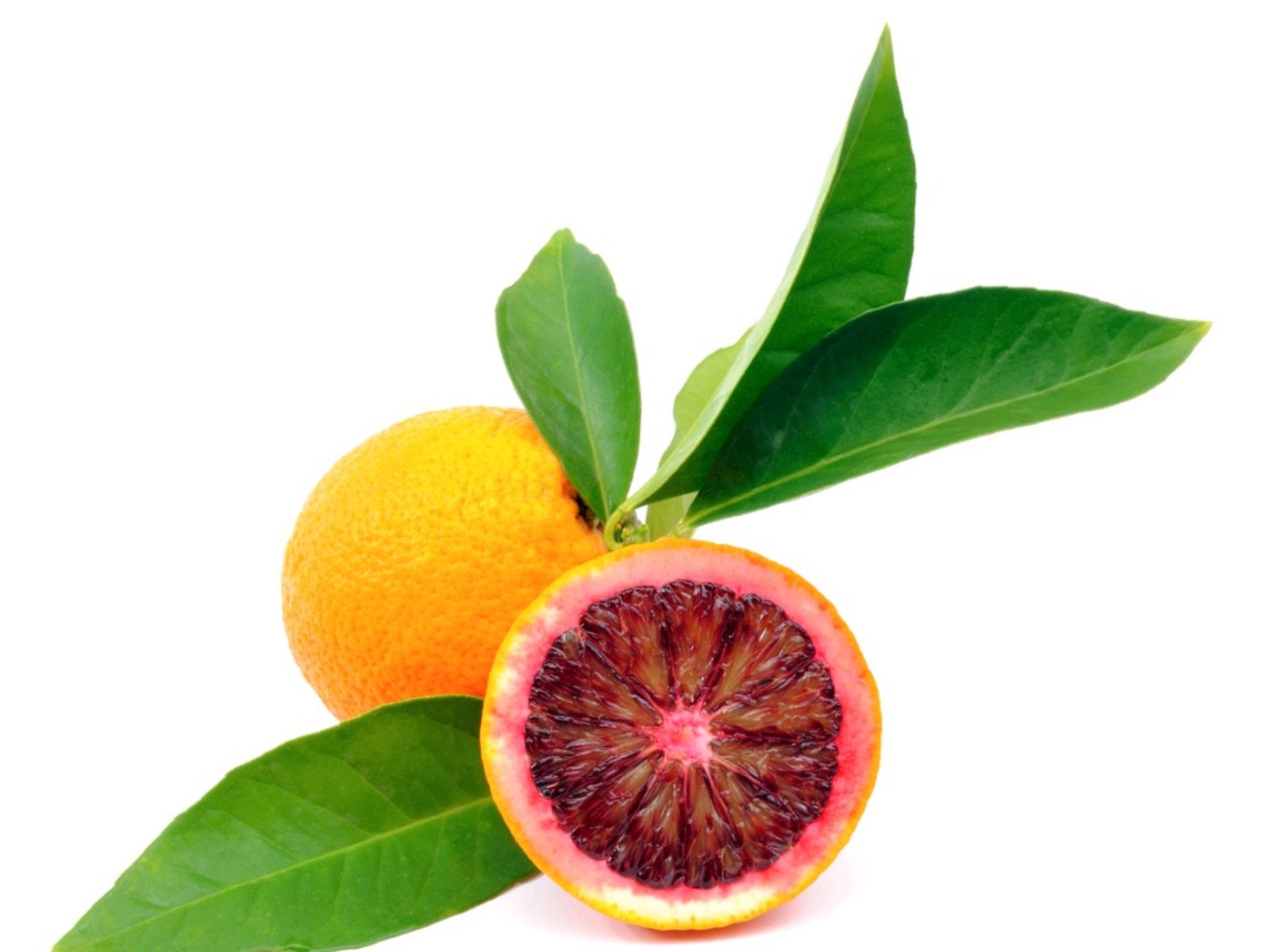
Growing blood orange trees is a great way to enjoy this unusual little fruit. Keep reading to learn more about how to grow blood oranges.
What are Blood Oranges?
Hailing from the continent of Asia, blood orange trees (Citrus sinensis) thrive in warm climates and are ideal candidates for container gardening in cooler areas. Blood orange tree care dictates the need for a temperate climate; these oranges will thrive in USDA zones 9-10. Growing blood orange trees in containers allows one to easily move trees indoors or to another sheltered area in cooler regions or during cold snaps. So what are blood oranges? Blood orange facts refer to it as a citrus fruit prized and cultivated for centuries for its juice, pulp, and sweet rind used in culinary creations. From the outside, this smaller than a naval orange-sized fruit looks quite similar to most other orange citrus fruits. However, another blood orange fact is that once cut into, a surprising “blood red” color is revealed. This brilliant crimson lends itself to the fleshy pulp as well as the juice, making it ideal for some gruesome sounding cocktail names. The blossoms of blood orange trees are creamy white and have a delicious scent reminiscent of the tropics. Other blood orange facts are that culinarily they pair beautifully with seafood and can be used in surprising ways within desserts. The fruit of blood orange trees is also sweeter than most other varieties of orange, it has very few seeds, and is easy to peel compared to other citrus fruits.
How to Grow Blood Oranges
The question of how to grow blood oranges is a common one. First of all, remember that blood orange trees require a warm climate, between 55-85 F. (13-29 C.) outdoors, and an average of 65 F. (18 C.) inside, provided there is sufficient light. Outdoor planting of blood orange trees should occur in late March after the danger of frost has passed, choosing a location that gets full sun for most of the day. Indoor plantings of blood orange trees should be kept at least 24 inches (61 cm.) away from windows so they do not act as magnifiers and burn the leaves, but not so far away that the plant gets insufficient light. Blood orange tree care also dictates planting in a soil that is well-draining so the roots do not sit in water. To achieve this state, add equal portions of peat moss or another organic compost to the soil. Once the optimum location has been selected for your blood orange tree, dig a hole and bury only the roots of the tree, avoiding burying any of the trunk. Some varieties of blood orange have spines, so wear gloves and use caution. Immediately water your tree and continue to keep the soil moist, watering every two to three days until the tree is well established and showing signs of new growth. Keep the area around your blood oranges clear of weeds to prevent them from absorbing the nutrients the new trees need to thrive.
Blood Orange Tree Care
During the winter months, keep blood orange trees in a bright location. If need be, move blood orange trees indoors during the possibility of frost, or wrap the trunk with blankets or plastic combined with a thick layer of mulch around the base of the tree to protect it from freezing temperatures. Keep in mind that if blood orange trees are moved indoors during the winter months, additional humidity may be needed to keep the foliage pliable and lush. Water once a week when blood orange trees have become established, keeping the soil moist, not wet. Skip watering during rainy periods. Feed the tree three to four times a year with an organic fertilizer, working it into the soil around the tree and watering in well. You can use a liquid fertilizer according to the manufacturer's instructions every second or third watering. Blood orange trees require plenty of iron, manganese and zinc to produce healthy fruit, so don't be stingy with the feeding. Yellow leaves may indicate a lack of fertilization or overwatering. Prune blood orange trees according to container size or area of planting. These trees will flower heaviest in the spring, but may continue blooming off and on throughout the year. Feel free to prune back heavy growth at the tips to reduce the height of blood orange trees. If the blood orange tree is grown in a pot, remove it every two to three years and cut back about one-third of the roots, then repot with new amended soil, which will keep this little citrus happy and healthy for many years to come.
Sign up for the Gardening Know How newsletter today and receive a free copy of our e-book "How to Grow Delicious Tomatoes".

Amy Grant has been gardening for 30 years and writing for 15. A professional chef and caterer, Amy's area of expertise is culinary gardening.
